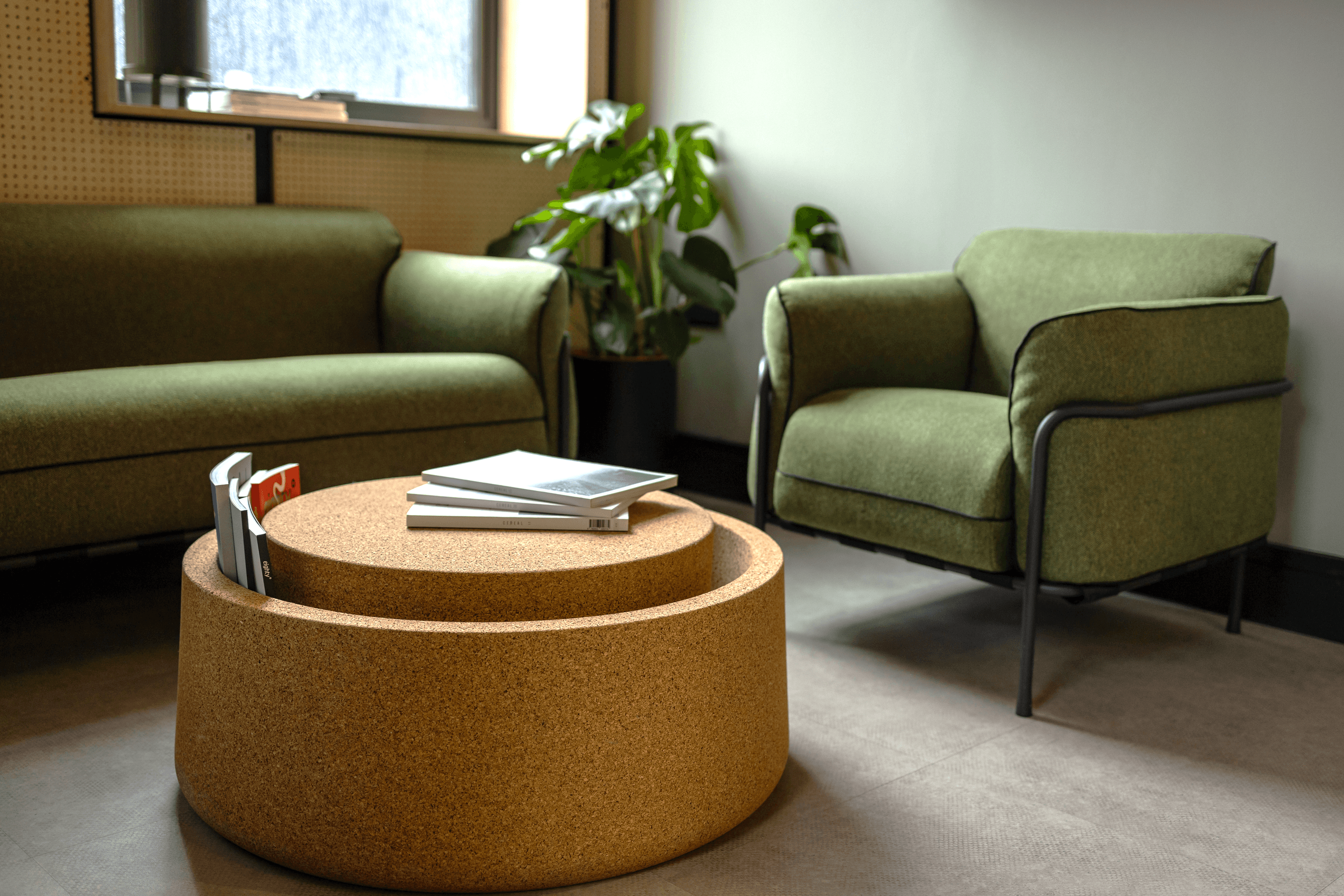Overview.
Building certificates are the new way of distinguishing the property from the crowd. There are numerous certifications measuring the energy efficiency or environmental impact of buildings. WELL is the first building certification in the world that focuses on human’s health and wellbeing whilst maximising the real estate value.
Since the first launch of the globally recognised WELL Building standard in 2014, over 2000 companies have adopted WELL as a method to promote and scale health and wellbeing across their property portfolios.
The standard was updated in 2018 into version 2, taking on recommendations and feedback from thousands of members of the WELL community.
WELL standard is a voluntary certification based on United Nation Development goals used in over 50 countries. It’s a point system, with 110 points in each project scorecard. Each project consists of 10 individual concepts. In each concept ( for example “Air”), there are several preconditions, or ‘must haves”, that a project has to achieve. The rest of the points are earned through Optimisations.




-1.jpeg)
